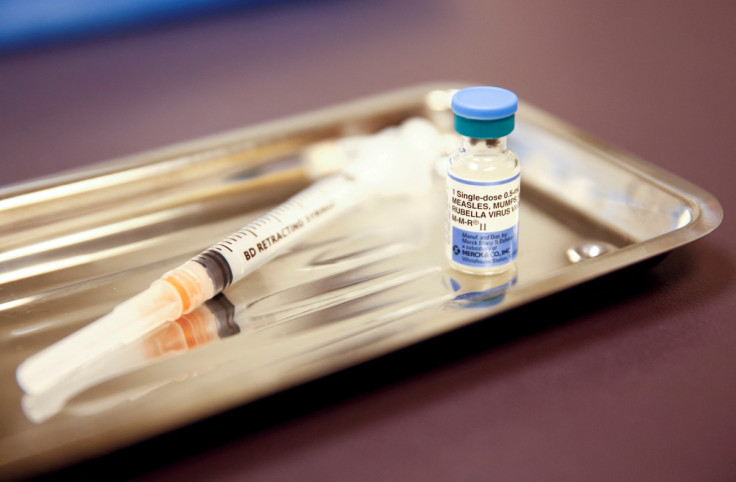
The U.S. Department of Health and Human Services announced a new federal initiative in 2019 to end the nation's HIV epidemic by pumping hundreds of millions of dollars annually into states, counties and territories with the highest infection rates. Now, as overall rates declined 23% from 2012 to 2022, Latinos have not seen many changes, according to a new KFF Health News-Associated Press analysis.
The analysis found Latinos are experiencing a disproportionate number of new infections and diagnoses across the U.S., with rates being highest in the Southeast. At the same time, while African Americans continue to have the highest HIV rates in the U.S. overall, Latinos made up the largest share of new HIV diagnoses and infections among gay and bisexual men in 2022, accounting for about 33% of new infections, according to the Centers for Disease Control and Prevention.
But despite these figures, public health officials, such as those in Mecklenburg County, North Carolina, and Shelby County, Tennessee, where data shows diagnosis rates have gone up among Latinos, told the AP that they either don't have specific plans to address HIV in this population or that plans are still in the works.
"HIV disparities are not inevitable," Dr. Robyn Neblett Fanfair, director of the CDC's Division of HIV Prevention, said in a statement. She highlighted the systemic, cultural and economic inequities— such as racism, language differences and medical distrust.
Lack of transportation and fear of deportation if they seek treatment are other fears among patients with HIV.
Latino health policy advocates want the federal government to redistribute funding for HIV prevention, including testing and access to PrEP, which is regularly taken to reduce the risk of getting HIV through sex or intravenous drug use.
Some work has already started, Congress has appropriated $2.3 billion over five years to the Ending the HIV Epidemic initiative, and jurisdictions that get the money are to invest 25% of it in community-based organizations. However, according to AP News, the initiative lacks requirements to target any particular groups, including Latinos, leaving it up to the cities, counties and states to come up with specific strategies.
In 34 of the 57 areas getting the money, Diagnosis rates among Latinos increased from 2019 to 2022 while declining for other racial and ethnic groups, the KFF Health News-AP analysis found.
In Shelby County, Tennessee, the Latino HIV diagnosis rate rose 86% from 2012 to 2022. The health department said it got $2 million in initiative funding in 2023 and while the county plan acknowledges that Latinos are a target group, department director Dr. Michelle Taylor said: "there are no specific campaigns just among Latino people."
Amid difficulties getting funding and often lack of plans on reverting the trends of HIV rates among Latinos, members of communities have started organizations to help others.
For instance, Pineapple Healthcare is a nonprofit primary care clinic dedicated to supporting Latinos living with HIV in Orlando, Fla. it doesn't receive money from the government, offers full-scope primary care to mostly Latino males, and according to AP News, it serves as an oasis for HIV patients of color in a state with the third largest Latino population in the U.S., and the seventh-highest rate of new overall HIV diagnoses among Latinos in 2022.
"At the core of it, if the organization is not led by and for people of color, then we're just an afterthought," said Andres Acosta Ardilla, the community outreach director at Pineapple Healthcare who was diagnosed with HIV in 2013.
© 2025 Latin Times. All rights reserved. Do not reproduce without permission.




